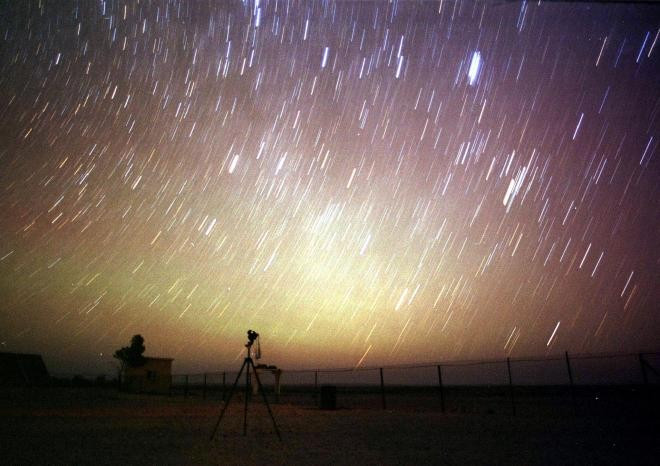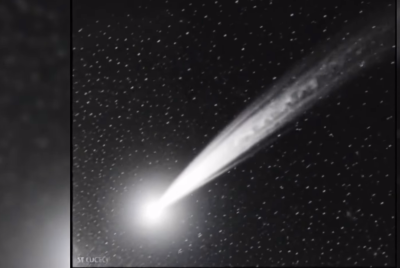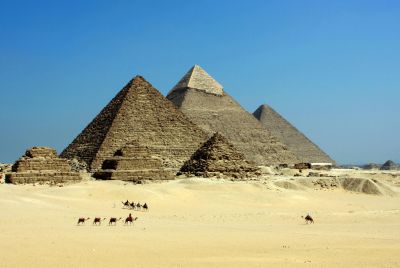Leonid Meteor Shower 2012: Where to Watch Showers Live and Online in Peak Time

The Leonid meteor shower should reach its peak of approximately 15 counts per hour during the early hours of 17 November. A second peak of the Leonid meteor showers is forecast between dusk and dawn on 19 and 20 November, when observers can look forward to watching shooting stars cross the sky.
"We're predicting a normal year of 15 to 20 meteors per hour," Bill Cooke of the Meteoroid Environment Office at NASA's Marshall Space Flight Center, said in a statement.
The Leonids occur, fragmented, every year in mid-November and are associated with Comet Tempel. The Leonid meteor shower gets its name from its location in the constellation Leo. Scientists believe major Leonid showers recur in cycles of about 33 years but the reasons remain unknown. However, the last documented Leonid meteor storm occurred in 2002.
"Every 33 years the comet visits the inner solar system and leaves a stream of dusty debris in its wake. Many of these streams have drifted across the November portion of Earth's orbit. Whenever our planet hits one, meteors appear to be flying out of the constellation Leo," according to NASA.
"The Leonids have not only produced some of the best meteor showers in history, but they have sometimes achieved the status of meteor storm. During a Leonid meteor storm, many thousands of meteors per hour can shoot across the sky," NASA notes in a feature about meteor showers.
Where to Watch Leonid Meteor Shower 2012
The Leonid meteor shower will be visible in skies over North America, Asia and from both the northern and southern hemispheres. However, for those not in these locations or unable to be outdoors, the showers can also be observed, during peak time, online. The Marshall Center is offering a live stream view of the skies over Huntsville from an all-sky camera until 20 November in a video here.
The Center has reportedly put a dark-activated camera that will begin displaying the current skies over Huntsville at dusk each evening, approximately at 5pm EST (around 11pm GMT).
Watching Tips
Here are some tips from the California-based Jet Propulsion Laboratory to watch Leonid meteor showers:
- Find an area away from city lights
- Don't worry about using binoculars or a telescope; the naked eye is all you need
- Wear appropriate clothing for overnight temperatures
- Have something comfortable to sit on - a good reclining chair, sleeping bag or ground pad (experts suggest you lie flat on your back and look straight up)
- Be patient and watch for at least a half an hour to give your eyes time to adjust to the lack of light
- If you need to look at something here on Earth, use a red light. It won't diminish your night vision, as white light will
© Copyright IBTimes 2025. All rights reserved.






















